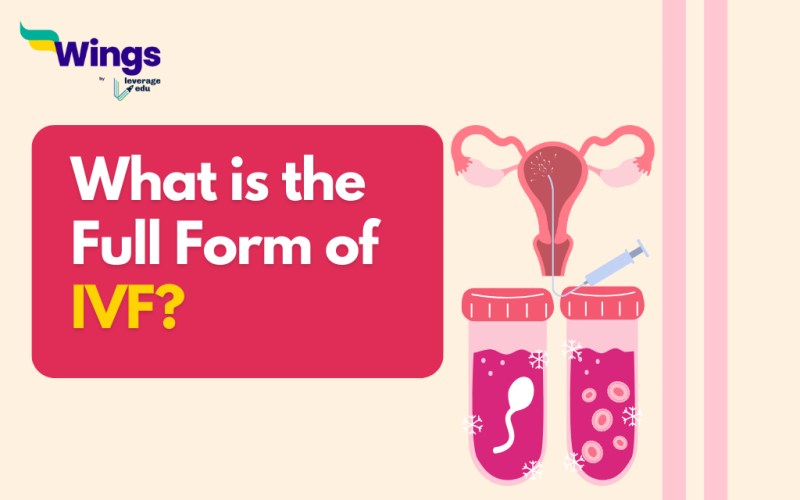The full form of IVF is – In Vitro Fertilization. It is a groundbreaking assisted reproductive technology that has revolutionized the field of fertility treatment. This procedure involves the fertilization of eggs and sperm outside the woman’s body in a laboratory. By combining sperm and eggs in a controlled environment, IVF increases the chances of successful embryo development and pregnancy. In this blog, we will learn more about this process.
What is the Complete Process of IVF?
Table of Contents [show]
IVF consists of several stages which work together to increase the likelihood of successful fertilization and implementation. The step-by-step process is –
- Ovarian Stimulation – The first step in IVF involves stimulating the women’s ovaries to produce multiple eggs. This is achieved through the administration of fertility medications, which help stimulate the ovaries to produce more follicles.
- Egg Retrieval – Once the follicles have developed, they are retrieved using a minor surgical procedure called follicular aspiration. This procedure is performed under sedation and ultrasound guidance to ensure safety and accuracy.
- Sperm Collection – Meanwhile the male partner or a sperm donor provides a sperm sample, which is prepared in the laboratory to separate the healthy and motile sperm.
- Fertilization – The retrieved eggs and prepared sperm are the are then combined in a laboratory dish. Here they are allowed to fertilize naturally or through Intracytoplasmic Sperm Injection (ICSI). ICSI involves injecting a single sperm directly into the egg to facilitate fertilization.
Also Read – What is the Full Form of MD?
- Embryo Culture – After fertilization, the embryos are cultured in a laboratory incubator for a few days. This allows the embryologist to monitor their development and select the healthiest embryos for transfer.
- Embryo Transfer – Once the embryos have reached an ideal stage of development, they are transferred into the woman’s uterus using a thin catheter. This is a painless and minimally invasive procedure that does not require anesthesia.
- Pregnancy Test – About two weeks after the embryo transfer, a pregnancy test is conducted to determine if the procedure was successful. If the test is positive, it indicates a successful pregnancy.
- Follow-up Care – Successful IVF pregnancies often require additional support, such as hormone supplementation or close monitoring. Regular check-ups and ultrasounds are conducted to ensure the health and progress of the pregnancy.
Also Read – What is MBBS Full Form?
Why is IVF Used?
IVF is used to treat various fertility-related issues like-
- Blocked fallopian tubes
- Endometriosis
- Male factor infertility
- Unexplained infertility
- Genetic disorders
- Low Ovarian Reserve
In addition to treating infertility, IVF is also an option for same-sex couples and individuals who wish to have a child using donor eggs or sperm.
Popular Full Forms
We hope this blog has helped you understand the full form of IVF and everything related to it. If you want to know more, find 300+ full forms list on our blog. In the world of short forms, you can rely on the Leverage edu page to know about more full form like this! Connect with us study abroad experts to achieve your international dream today!
 One app for all your study abroad needs
One app for all your study abroad needs















 45,000+ students trusted us with their dreams. Take the first step today!
45,000+ students trusted us with their dreams. Take the first step today!
